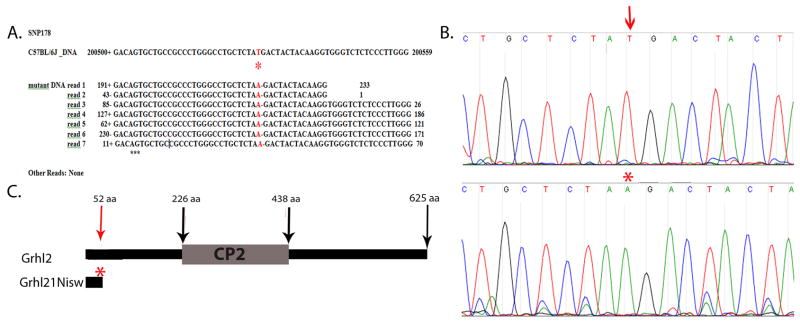Fig. 1. Sequence capture identifies Grhl2 mutation in Line2F.
Sequence capture to enrich for genomic sequences from 36.0–38.5 Mb on mouse chromosome 15 followed by high-throughput sequencing identified (A) SNP178 in which all reads from homozygous mutant DNA show a consistent change from T to A (red asterisk) that differs from the publically available C57BL/6 sequence. This is predicted to lead to an early stop codon in the Grhl2 gene.
(B) Verification of the base change was done by PCR amplification of 400bp of Grhl2 from DNA from wildtype (top) and mutant (bottom) embryos followed by Sanger sequencing. The chromatogram shows the T (red arrow) to A (red asterisk) nucleotide change.
(C) Schematic of Grhl2 protein. The Grhl21Nisw mutation is predicted to truncate the protein 52 amino acids from the N-terminus of the protein and to delete the CP2 DNA binding domain.

